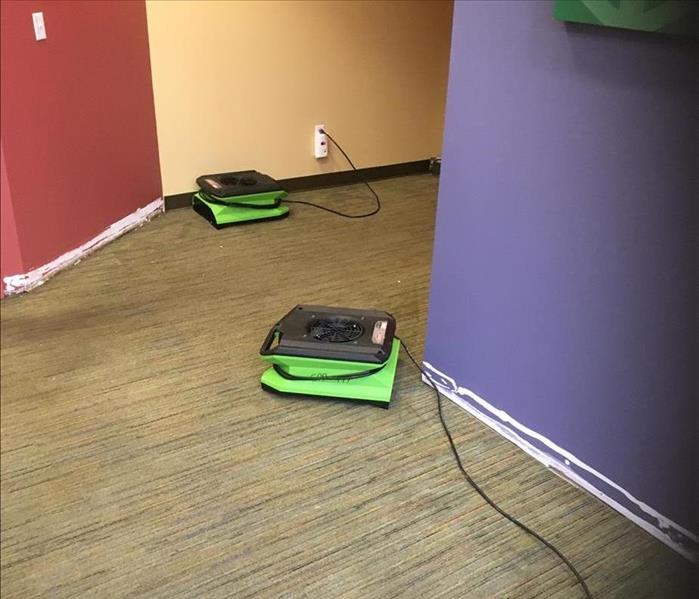Closter Homeowners Count on SERVPRO for Water Removal and Restoration
9/18/2019 (Permalink)
 SERVPRO Restores Moisture Levels and Comfortable RH levels when extracting water from Closter Properties
SERVPRO Restores Moisture Levels and Comfortable RH levels when extracting water from Closter Properties
Vital Aspects of Successful Water Removal in Affected Closter Properties
Water loss can originate from any point in your house. A leaking or burst water pipe in a concealed location such as wall cavity can go unnoticed for some time causing widespread water damage in your Closter home. Taking appropriate steps to remove the water and repair any areas ruined by the spill should help restore your home to its preloss state.
Establishing Loss Extent
The process of water removal from affected Closter homes largely depends on the spread patters throughout the home. The types of materials in different rooms might also influence the steps taken. In case many of the affected rooms have carpeted floors, there is a need to remove the pad, which in most cases is destroyed by the water. Removing the carpet is, therefore, part of the water removal process. For tiled rooms, there is no need to disturb the floor materials. Our SERVPRO technicians use portable or truck-mounted extractors to lift standing water from such hard surfaces.
Reaching All Wet Materials
As the water spreads, it easily permeates different materials and contents. Removing such water requires a skillful approach. For example, insulation on the outer walls is likely to absorb and hold on to significant amounts of water, which can cause a wide range of issues, including affecting energy efficiency. Our SERVPRO technicians make flood cuts a few inches above the waterline, allowing direct access to the wet materials on the outer wall. Opening up the walls also allows natural air circulation in the wall cavity for faster drying.
Drying Materials
Removing moisture from wet materials within the house requires deliberate drying efforts. Drying happens through evaporation, whereby wet materials release moisture into the air. The process is, therefore, only efficient if the relative humidity in the air surrounding the items is low. A state called EMC, Equilibrium Moisture Content, can be attained when the moisture level in a material is stable when compared to the humidity of the surrounding air. Evaporation is no longer possible at such state thus hampering drying. Our SERVPRO technicians avoid this by increasing air movements using air movers and regulating temperature through heaters.
Proper water removal can help reduce damage in your Cresskill, Harrington Park, or Dumont property. Call SERVPRO of Northeast Bergen County at (201) 244-0100 to help. We're Faster To Any Size Disaster.






 24/7 Emergency Service
24/7 Emergency Service